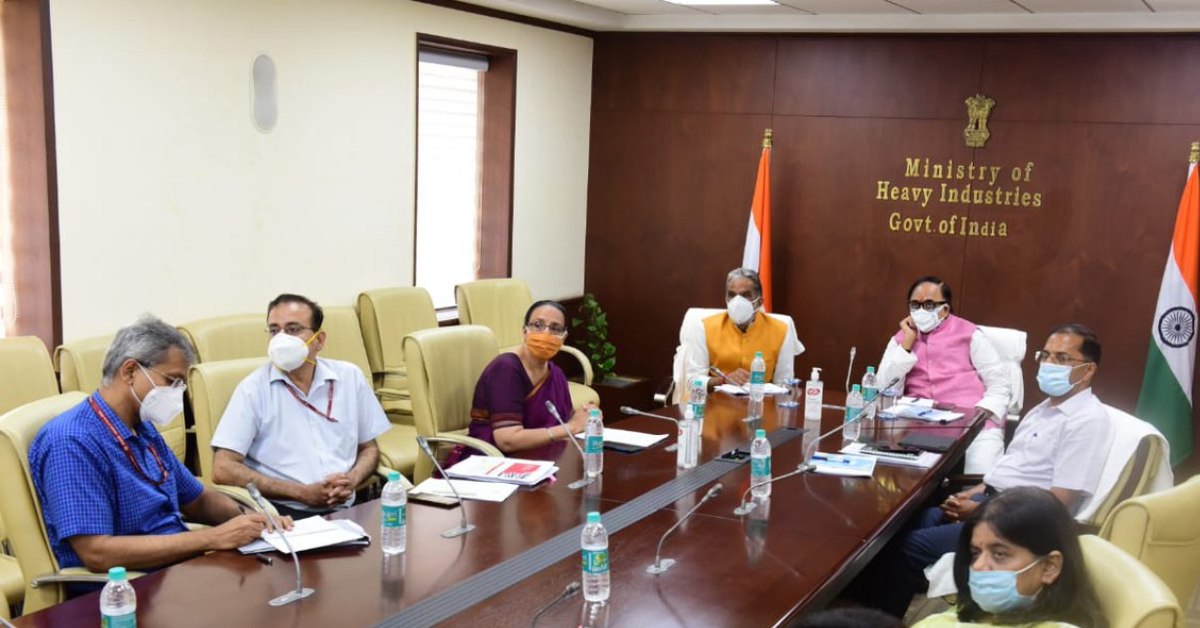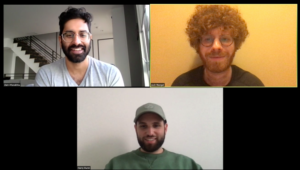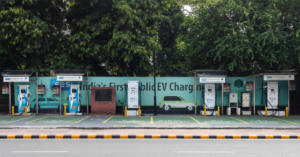The government has extended the deadline to September 30 from September 1, the report said
The deadline was extended after taking into consideration requests from manufacturers for more time to adopt the software systems
A report last week said that the Ministry of Heavy Industries was planning to modify the FAME-II scheme to emphasise more on domestic value addition
The Ministry of Heavy Industries has reportedly given automakers more time to digitally record domestic value addition (DVA) while availing subsidies for electric and hybrid vehicles.
The government has extended the deadline to September 30 from September 1, as per an Economic Times report.
A copy of the ministry’s note seen by the publication said the deadline was extended after taking into consideration requests from the manufacturers for more time to adopt the software systems.
A report last week said that the ministry was planning to modify the Faster Adoption and Manufacturing of (Hybrid &) Electric Vehicles (FAME)-II scheme while trying to emphasise more on DVA in order to ensure that EV original equipment manufacturers (OEMs) added more domestic value in manufacturing their products.
Value addition refers to a company’s contribution to economic enhancement before selling a product or service to the customer. The development came as EV OEMs kept availing subsidies under the government’s FAME-II scheme, but imported a majority of the components from other countries and assembled them in India.
Currently, the EV OEMs need to ensure that at least 50% of products use locally-manufactured components for their vehicles to enjoy the benefits of the FAME-II scheme. The percentage of localisation needs to be reported to the testing agency Automotive Research Association of India (ARAI) while the vehicles get certified before sales.
However, many OEMs reportedly found other ways to not abide by the minimum localisation limit and yet avail the subsidy.
The debate around manufacturing EV components in India got further prominence after several electric scooters caught fire during the country’s peak summer months. Several experts pointed out that the vehicles which caught fire not only lacked indigenously-manufactured components but also R&D under Indian conditions.
Under the new rule, the OEMs will have to update the value addition at each manufacturing stage on the FAME portal through a digital mechanism. The information on use of local components in EVs, in terms of percentage, updated on the portal will have to match with the figures submitted to the ARAI for the manufacturers to avail the subsidy.
The report about the Indian government’s emphasis on DVA for EV OEMs came weeks after the Ministry of Heavy Industries launched an automated online data transfer facility for capturing critical data related to DVA from the PLI applicants’ Enterprise Resource Planning (ERP) system to PLI Auto (production linked incentive scheme for auto and auto component industry) portal.









![Read more about the article [Funding alert] Cultural startup Indic Inspirations raises angel funding of Rs 2.5 Cr from marquee investors](https://blog.digitalsevaa.com/wp-content/uploads/2021/03/Eajz3g3UMAAI0aX-1608619243276-300x150.jpg)
